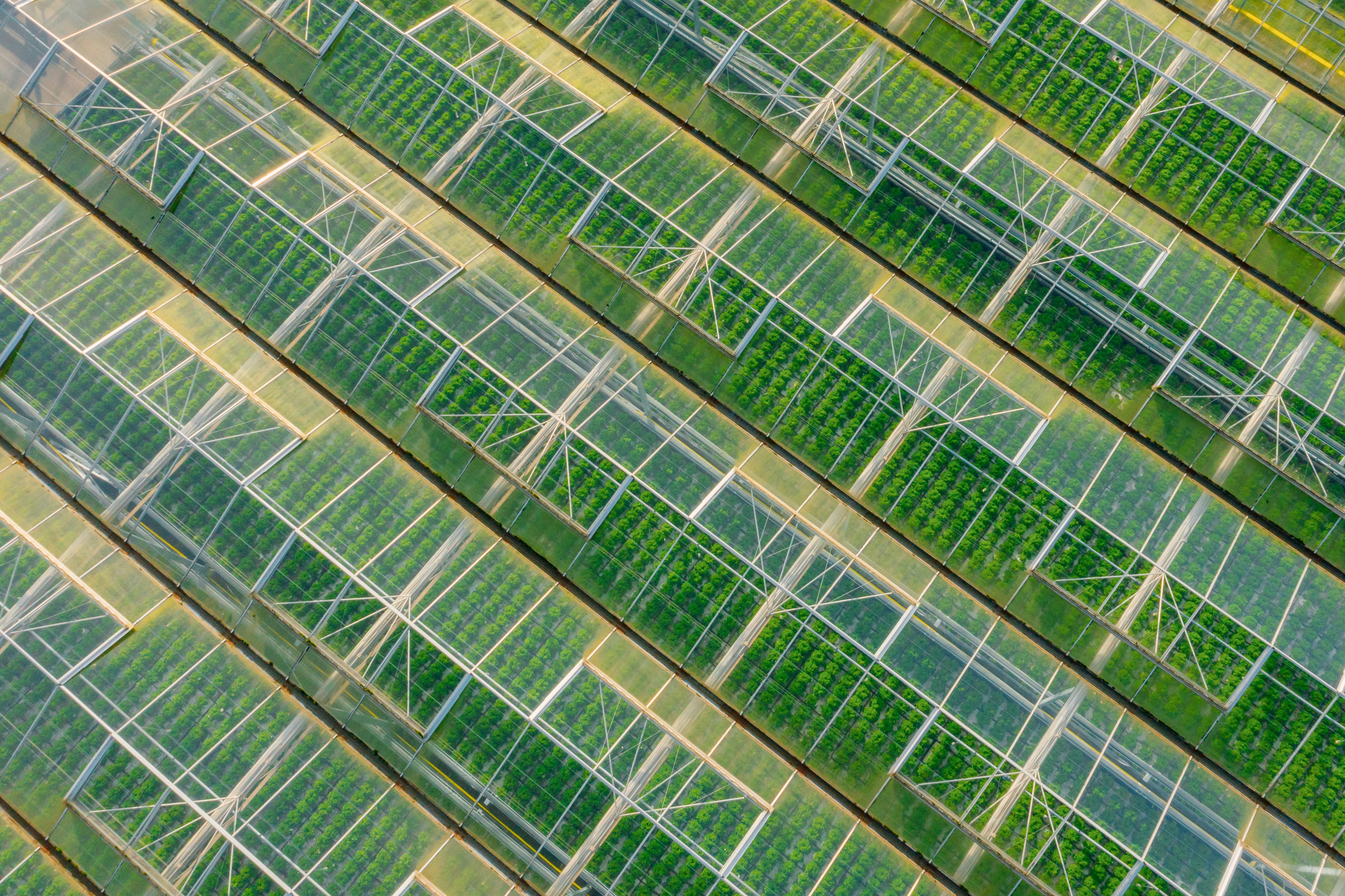Japan’s Ministry of Agriculture, Forestry and Fisheries (MAFF) released the Basic Guidelines for Agricultural Technology on June 13.
The strategic document detailed technical responses to the key agricultural challenges and highlighted new technologies that could potentially drive future growth in the sector.
The report highlighted the need to secure the future supply of domestically grown vegetables by advancing the entire supply chain with the help of technology and human expertise.
It was a response to the growing demand for processed and commercial vegetables amid persistent challenges such as labour and costs.
Green light for smart greenhouses
The MAFF aimed to promote the use of “low-cost, weather-resistant greenhouses” to ensure a stable supply of crops all year-round while reducing production costs and labour.
Additionally, it could potentially help increase farmer income and create jobs in the rural areas.
“To reduce production costs, streamline cultivation tasks, and improve profitability, the government will promote the expansion of next-generation horticulture initiatives that incorporate mechanisation and advanced environmental control technologies.”
According to the report, “next-generation” greenhouses are those equipped with advanced environmental controls to regulate the elements, and automated systems for tasks like watering.
The MAFF noted that it would work to develop technology that could help lower the cost of production and be sure to share it equitably with farmers.
It also highlighted that the initiative to smart greenhouses will be encouraged especially among existing conventional greenhouses, which make up the majority.
At the same time, the report highlighted the need to improve open field farming by investing in technology such as the use of harvest machines.
The MAFF advocated for a fully mechanised farming process, from planting to harvesting, to cut costs and improve scale.
Key strategies to cut costs
The report highlighted two key costs to manage: pesticides and fuel.
To mitigate them, MAFF said it would encourage farmers to use fewer chemical pesticides and adopt more natural pest control methods.
It will also work to promote energy-efficient practices and technologies to help cope with the rising and fluctuating fuel prices.
It suggested better insulation for greenhouses or more efficient heating systems.
This would also work towards Japan’s own environmental goals.
Where possible, the MAFF suggested the consolidation of smaller plots to make it more manageable in terms of operations.
However, when regions where this would not be practical, MAFF encouraged equipment sharing among farmers.
This would help farmers benefit from machinery without being burdened with the heavy cost.
“To ensure a stable supply of domestically produced vegetables into the future, it is important to build a system that can appropriately respond to consumer and commercial demand at all stages—production, distribution, and processing. Additionally, efforts must be made to strengthen production regions by fostering and securing core human resources responsible for driving technological innovation and business strategy in those regions,” the report said.
“It is also necessary to enhance and strengthen technical support aimed at reducing production and distribution costs. At the same time, introducing new technologies and varieties selected under sound marketing-based business strategies, upgrading production techniques, developing key vegetable-producing regions, and strengthening efforts to ensure product safety will all be essential to boosting the competitiveness of production areas.”





